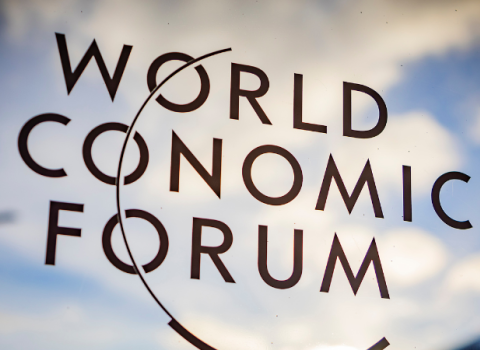An assessment of spending by EU regions on measures to reduce the risk of climate change has found insufficient proof that the investment is bringing benefits.
The study by the Institute for European Environmental Policy think tank, presented at the European Parliament on Monday, looks at how authorities are tackling climate change with regional funds, the multi-billion euro EU pot of money intended to lift Europe's poorest regions into modernity.
The results so far do “not provide enough clarity on the contribution of cohesion policy to delivery of the EU’s overall climate objectives,” the researchers say.
The EU, source of some 10 per cent of the greenhouse gases emitted worldwide, has committed to making climate change mitigation a main plank of its cohesion policy. It will spend at least 20 per cent of the EU budget – or one euro in every five – on fighting climate change between 2014-2020. According to the European Commission, this commitment is triple the share of climate-related expenditure seen in the EU 2007-2013 budget.
It is too soon to say whether the new spending push is making regions more resilient to climate change, the report says.
While there is “greater precision” from local governments on climate investment in the last few years, patchy and inconsistent data makes meaningful analysis difficult.
Europe’s local authorities use different ways to calculate greenhouse gas emissions and reductions, and EU legislators do not ask for much evidence on how their climate investments avoid negative impacts.
Complicating the picture, the EU, while using internationally recognised methods to track spending, does not distinguish between regions’ contribution to mitigation and adaptation objectives. Mitigation addresses the root causes of climate change by reducing greenhouse gas emissions, while adaptation seeks to lower the risks posed by the consequences of climate change.
“The two policy objectives are very different in nature, with different outputs and targets; not being able to identify separately the contribution to each therefore makes it difficult for policymakers to assess the adequacy of the contribution,” the report says.
The effectiveness of EU regional spending is traditionally hard for evaluators to pin down. Where regional money has gone to energy efficiency projects in the past, not all programmes identified carbon savings from their energy efficiency investments; and where carbon savings were identified, it was not always clear that they were linked to EU investment.
“What baseline are public authorities using when they talk about carbon savings? It just isn’t clear,” said Martin Nesbit, lead author of the report, speaking at the Parliament event.
Jury out on smart specialisation
EU cohesion policy is delivered through three funds: the European regional development fund; the cohesion fund and the European social fund.
Historically, much of this money went on infrastructure projects such as building roads and railway lines.
But with the introduction of smart specialisation strategies in 2014, the approach has shifted to regions making the best use of available resources to achieve some form of competitive advantage.
The Commission now has more direct control over how the money – €100 billion is available until 2020 – is spent, and it says these funds should go to causes such as improving competitiveness and stimulating industrial innovation.
An analysis last year by The European Court of Auditors, the EU’s accounting watchdog, found in general that climate projects funded with regional money are “better-focused” than before.
Still, the impact of spending remains elusive. Looking at 24 renewable energy projects in six member states, the auditors concluded that the EU regional subsidies led to the crowding out of private investments.
What the EU wants to get out of its climate investment is regions hastening the shift away from coal, oil and gas, more jobs, cleaner air, lower energy bills and a generally superior quality of urban life.
Spending by regions on the climate fight is uneven, however. Austria – although a prosperous country, is entitled to EU regional funds for its economically depressed regions – devotes over 60 per cent of its EU allocation for climate change; Portugal 20 per cent.
Nesbit points out that climate change is a relatively new concern for state and local governments in the EU. “It has been a steep learning curve,” he said.





 A unique international forum for public research organisations and companies to connect their external engagement with strategic interests around their R&D system.
A unique international forum for public research organisations and companies to connect their external engagement with strategic interests around their R&D system.